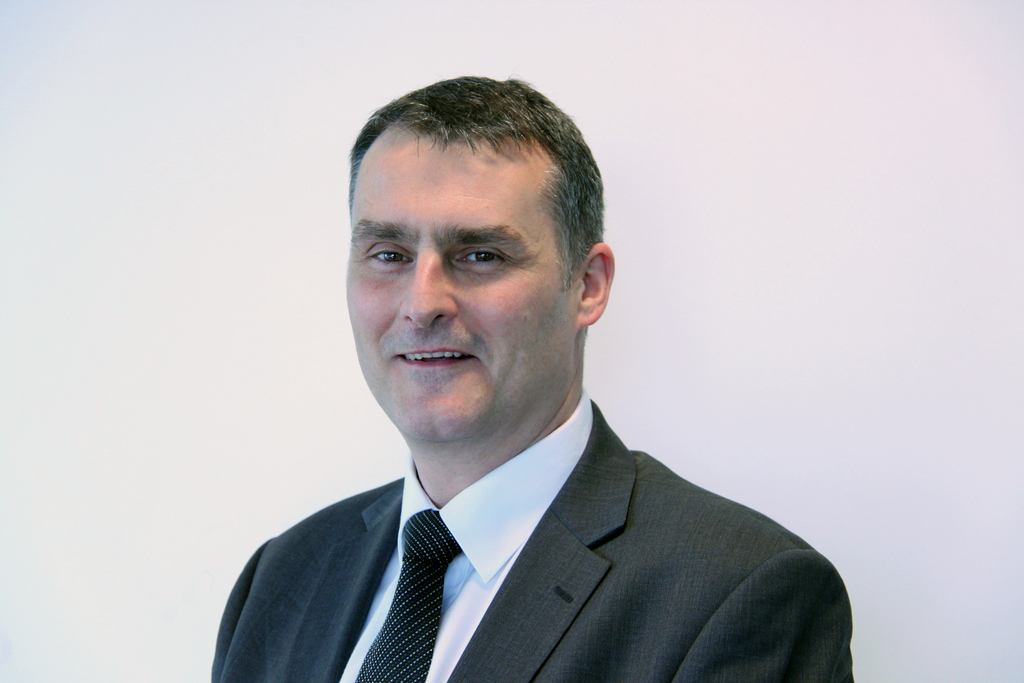
Kelly Rose
Editor

Kelly Rose
Editor
Crossrail is Europe’s largest construction project. When the new railway is fully operational it will stretch over 100km from Maidenhead and Heathrow in the west, through central London to Abbey Wood and Shenfield in the east, increasing the capital's rail-based transport capacity by 10%. Steve Hails, Crossrail's health and safety director talks about the project's unique health and safety challenges
Currently there are seven tunnelling machines constructing 26 miles of new tunnels below the streets of London. With the project now entering peak construction phase, we have more than 9,000 people working on 40 construction sites across the capital.
As you can imagine, the health and safety challenges that a project of this scale presents are many and varied.
Our overarching focus has been to embed health and safety culture into all aspects of the project, built upon a firm foundation of robust standards and guidelines. We have three ‘Target Zero’ principles that have been designed to inform the behaviour of everyone, at all times.
Our principles state that we all have the right to go home unharmed every day; that all harm is preventable; and that we must all work together to achieve this. These principles are rigorously applied throughout Crossrail and its supply chain, applying to desk-based staff as well as the workforce out on the construction sites.
Planning work clearly and effectively is a vital part of our health and safety programme for managing the complex activities involved in delivering Crossrail. Before any work can take place on a Crossrail site, it is reviewed by appropriate, competent individuals, approved in advance and only allowed to commence when all identified control measures are in place.
Equally, our strict and comprehensive reporting process is key to pinpointing emerging issues and trends. As would be expected, all injuries must be reported and investigated to understand the root cause and to identify what steps need to be taken to prevent them from happening again. Any learning points are shared right across the project.
Worker involvement and engagement is essential to success. Everyone working on Crossrail is actively encouraged to come forward with improvement suggestions or any safety concerns and innovative approaches to health and safety across the project are emerging on a regular basis.
For example, we’re increasingly seeing the use of 4D modelling, which can be used to visualise, on screen, the entire duration of a series of events and display the progress of construction activities through the lifetime of a project. This was used by our contractors BAM Nuttall and Kier during the construction of the Moorgate shaft and has been a significant help in ensuring that health and safety considerations are being included at every step of the process.
However, it’s often the seemingly small changes to site working that can make a big difference. At Whitechapel, the Joint Venture between Balfour Beatty, BemoAlpine, Morgan Sindall and Vinci have introduced innovatively designed scaffolding to prevent objects being dropped from above. When leaning over a barrier to look at the shaft below, a worker dropped a communication radio resulting in a near miss. The site’s health and safety advisor took inspiration from a visit to the Eiffel Tower to introduce a new, curved scaffold structure that has subsequently stopped a number of objects falling into the shaft.
We don’t just measure the historic performance of our contractors, we also score them on the measures and initiatives that they are implementing to prevent accidents from occurring in the first place.
We have introduced a Health and Safety Performance Index (HSPI), which combines a series of leading indicators that evaluate contractors on their health and safety performance and allows us to confirm compliance or identify areas of concern as soon as possible. We’re exploring ways in which HSPI can be applied to future large-scale infrastructure projects, as a way of ensuring that good performance can be rewarded.
We believe that our track record is a good one. Statistics show that Crossrail is performing better than the average for the UK construction industry, but our aspirations are for world-class performance and there is clearly more to do.
Crossrail has the potential to leave a lasting legacy for the construction industry. We’re determined to move health and safety forwards, driving up standards and creating a safer construction industry, long after Crossrail is complete.
Steve Hails is the health and safety director for Crossrail.

25 Canada Square
London
E14 5LQ
CANADA
020 3229 9552